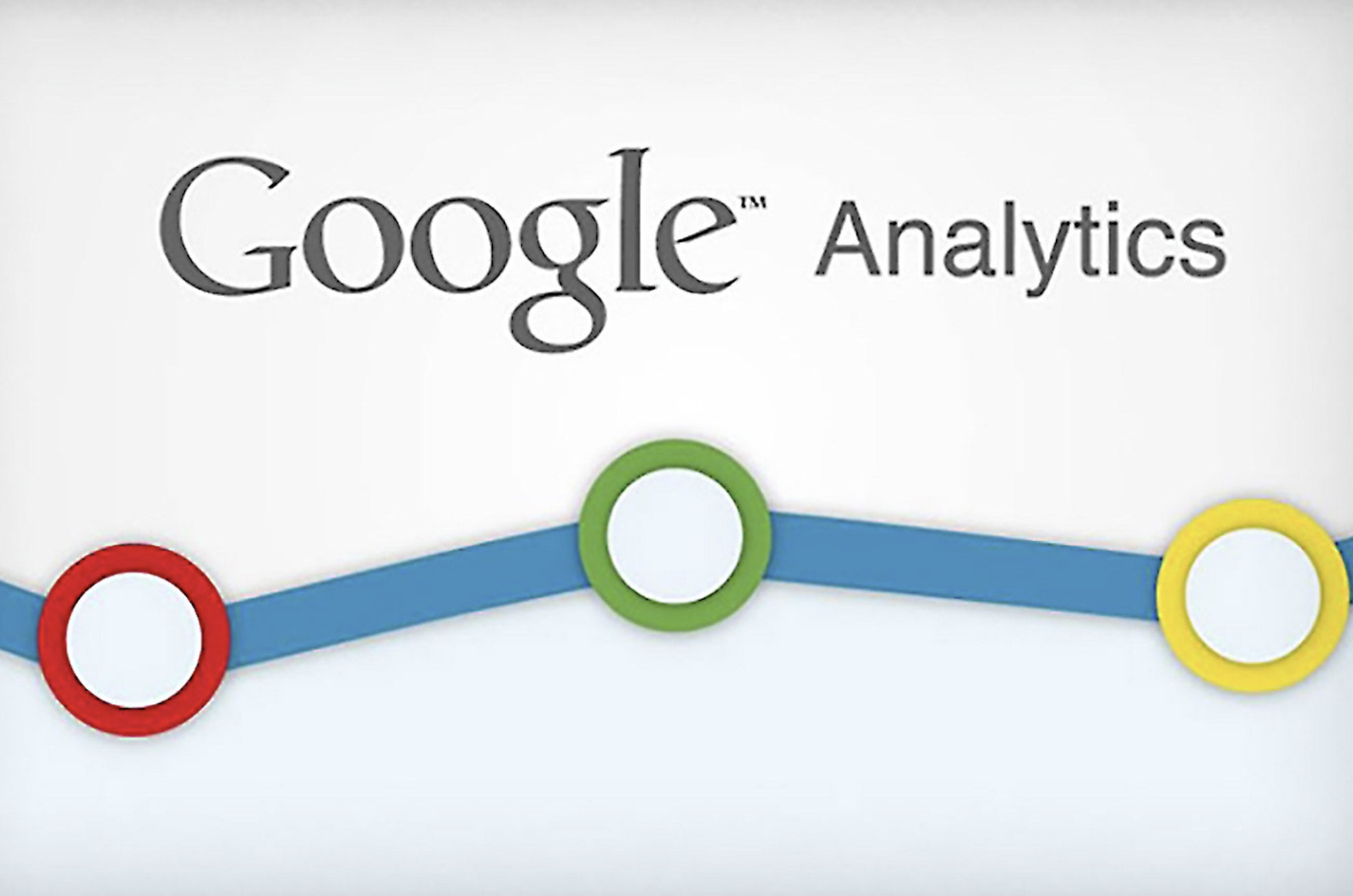Understanding your audience and optimizing your content are crucial for a successful marketing campaign. However, without a solid analytics system in place, your efforts could be wasted. That’s where Google Analytics comes in. This powerful tool offers valuable insights into your website’s performance, user behavior, and campaign success. In this guide, we’ll walk through the

Understanding your audience and optimizing your content are crucial for a successful marketing campaign. However, without a solid analytics system in place, your efforts could be wasted. That’s where Google Analytics comes in. This powerful tool offers valuable insights into your website’s performance, user behavior, and campaign success. In this guide, we’ll walk through the basics of Google Analytics, explore its advanced features, and show you how to leverage its full potential to maximize revenue and stay ahead in the digital landscape.
Why Google Analytics Matters
Google Analytics is used by over half of all websites, making it a significant player in the digital space. It’s known for its detailed data collection, measurement, and analysis capabilities, allowing marketers to make informed decisions, streamline reporting, and uncover insights from their data. With the shift from Universal Analytics to Google Analytics 4 (GA4), understanding this transition is key to ensuring uninterrupted access to valuable insights.
What is Web Analytics?
At its core, web analytics involves the systematic collection and analysis of website data to gain actionable insights. By tracking key metrics like traffic sources, user engagement, and conversion rates, web analytics tools show how visitors interact with a site. This data helps marketers optimize content, improve the user experience, and achieve desired outcomes.
The Three Main Benefits of Google Analytics
Google Analytics offers three key benefits for digital marketers:
- Data-Driven Decisions: With the power of data, marketers can optimize their strategies, improve website performance, and achieve tangible results. Whether it’s identifying high-traffic content or refining conversion funnels, making decisions based on data helps maximize ROI and stay competitive.
- Simplified Reporting: Google Analytics makes it easier to track and present campaign performance and website effectiveness. Customizable reports and dashboards allow you to streamline the reporting process, making it easier to present clear, actionable results to stakeholders.
- Understanding the Story Behind the Data: Google Analytics doesn’t just provide surface-level metrics. It helps you dig deeper into user behavior, demographics, and conversion patterns. By analyzing customer journeys and engagement, marketers can gain valuable insights to enhance business performance and better meet customer needs.
Exploring Google Analytics Tools
Google Analytics stands out because of its wide range of tools designed to meet various marketing needs. Whether using the free version or the premium Google Analytics 360, marketers have access to customizable reports, integrations with other Google products, and a wealth of data on web behavior. Understanding key terms like dimensions (attributes such as country or device) and metrics (quantitative data like visitor count or revenue) is essential for making the most of the platform.
One of the most important features of Google Analytics is its ability to track conversions. By setting up goals such as sales or downloads, marketers can measure the effectiveness of their campaigns and gauge user engagement. Customizable goal types and funnel reports allow you to visualize and optimize conversion paths.
Google Analytics also lets you segment your audience based on shared characteristics, such as traffic source, demographics, or behavior. These segments provide deeper insights into how different groups engage with your site, allowing for more targeted analysis and personalized marketing strategies.
Advanced Features and Integrations
Google Analytics goes beyond standard reporting, offering advanced features and integrations that enhance data analysis. By linking Google Analytics with tools like Google Ads and Search Console, marketers can get a unified view of their digital ecosystem, streamlining campaign optimization and performance tracking. Features like product linking and collaboration tools make it easier for teams to work together and turn insights into actionable strategies.
Setting Up Google Analytics
Getting started with Google Analytics is easy. Simply log in with a Google account and set up your account. From there, you can link it with other Google products and start exploring its features. For practice, you can access a demo account to get familiar with the platform.
The heart of Google Analytics is the tracking code, which collects and sends data for analysis. After obtaining the UA code during setup, web developers can integrate it across all website pages. For advanced users, Google Tag Manager provides a more streamlined way to manage code across the site. It’s essential to test your setup to ensure the data is accurate and reliable.
Configuring Your Google Analytics Account
Once you’ve set up your account, make sure to configure the key settings. Google Analytics has three levels of settings—account, property, and view—each crucial for organizing and managing your data. Reviewing settings related to data collection, user permissions, and view configurations ensures accurate data and smooth reporting.
Goals and Conversions
Goals in Google Analytics help track specific user actions, like making a purchase or filling out a contact form. There are four main types of goals: URL Destination, Duration, Pages/Screens, and Event. You can also set up goal funnels to visualize user paths and identify any potential obstacles in the conversion process.
Segmentation for Better Insights
Segmentation allows marketers to group users by shared traits or behaviors, offering more detailed analysis. Custom segments, based on factors like traffic source or demographics, help marketers understand user preferences and engagement patterns. By applying segments to reports, marketers can gain insights and adjust strategies to better meet business goals.
Actionable Insights for Success
Google Analytics provides marketers with actionable insights that can drive success. By using the platform’s capabilities, you can:
- Improve User Experience: Analyzing behavior data helps identify pain points and optimize website navigation, design, and content to boost engagement.
- Refine Targeting: Understanding your audience’s demographics and interests enables you to tailor your marketing strategies for better effectiveness across different channels.
- Maximize Campaign Results: Tracking performance metrics helps you evaluate campaign effectiveness, pinpoint top-performing channels, and allocate resources efficiently to maximize ROI.
- Increase Conversion Rates: By monitoring conversion data and refining conversion funnels, you can enhance website elements and drive more conversions.
- Enhance Reporting and Decision-Making: Customizable dashboards and real-time insights provide clear data to inform strategic decisions and optimize ongoing campaigns.
Google Analytics is a vital tool for understanding your audience, tracking campaigns, and optimizing marketing strategies. By using its powerful features, marketers can gain valuable insights, improve engagement, and achieve their goals. Whether you’re setting up accounts, analyzing user behavior, or refining strategies, mastering Google Analytics is essential for staying competitive and achieving long-term success in digital marketing.

















Leave a Comment
Your email address will not be published. Required fields are marked with *